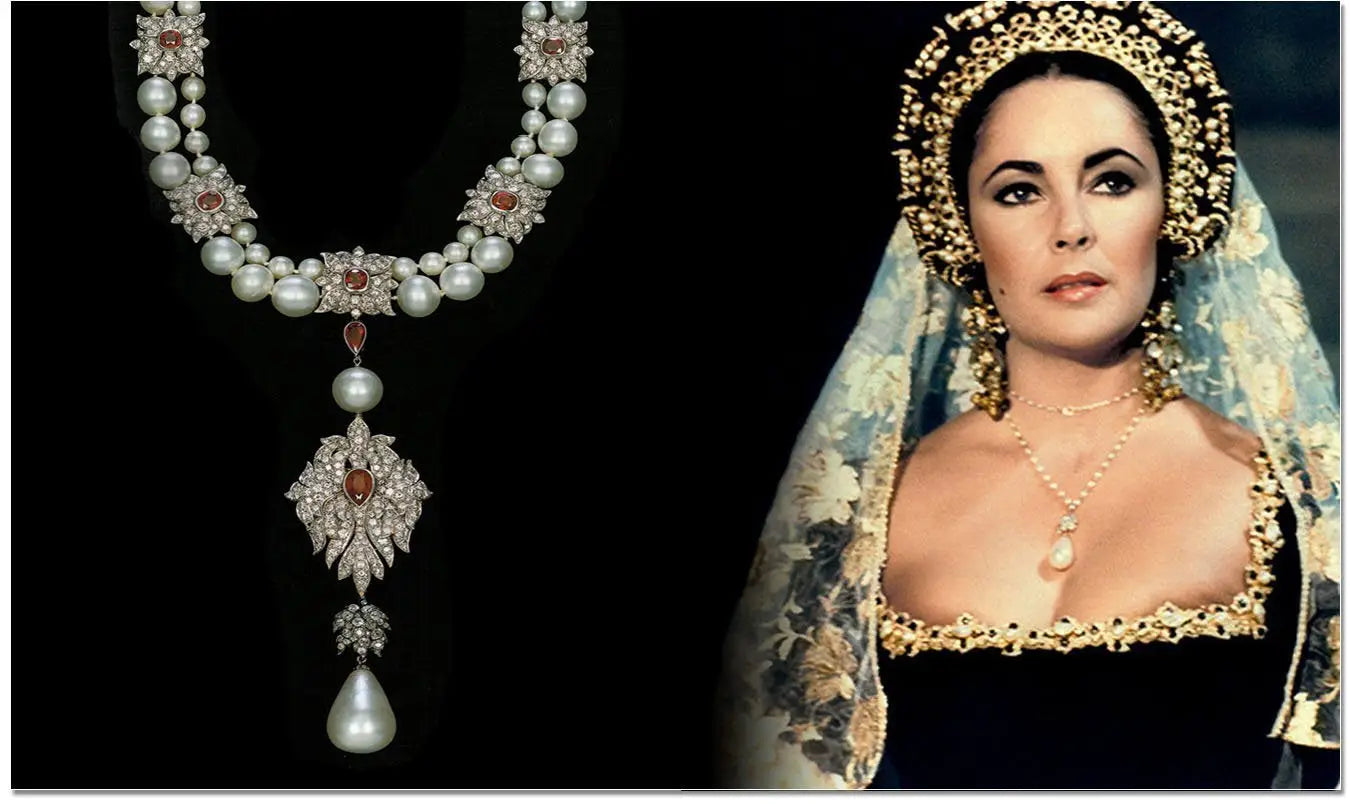The History of Jewelry
The art of jewelry-making has existed as long as humankind. In prehistoric times, people crafted jewelry out of shells, bones, and stones: natural gifts from the earth that both provided protection and served as symbols of status or rank. Today, we know jewelry to be something very different, but its roots are undeniably the same. Jewelry-making is a powerful craft that has withstood the test of time, and historians around the globe have devoted their lives to understanding how this ancient practice became what it is today.
The origins of jewelry
The first signs of jewelry can be traced as far back as 135,000 years ago to the Croatian Neanderthals, who predated homosapiens by 100,000 years. In 2013, evidence of a bracelet or necklace made of eagle talons surfaced in a Neanderthal cave, challenging the long-held belief that the Croatian Neanderthals were incapable of sophisticated, symbolic thinking. This discovery served as a window into the origins of human thought and artistry, fascinating historians and gem collectors alike.
The origins of jewelry are also linked to the Cro-Magnons, ancestors of homosapiens who walked the earth 40,000 years ago. Their crude necklaces and bracelets were made of bone, teeth, berries, stones, and animal sinew, and were used primarily for practical purposes, like securing clothing together.

A shell necklace crafted by Cro-Magnons (photo source: Arts and Culture)
From utility to art: the evolution of a craft
As time passed, jewelry became increasingly intricate. Ancient civilizations in the Mediterrranean and what is now known as Iran boasted simple stones, amulets, and seals decorated with floral imagery and stars. The mummies of the Royal Tombs in ancient Sumner were adorned with jewelry of all forms: headdresses, necklaces, earrings, crowns, and more. The ancient Egyptians are famous for their use of the gemstones that we know and love today: amethyst, turquoise, carnelian, and lapis lazuli. In fact, Cleopatra is believed to have adored lapis lazuli so much that she had it ground into powder to use as eyeshadow.

Cleopatra is believed to have loved lapis lazuli so much that she would have it ground into a powder, to wear as eyeshadow (photo source: MYKU)
The people of these civilizations regarded jewelry not only as symbols of power and wealth, but also as portals to divine realms. The ancient Egyptians believed gold jewelry to draw in the power of sun god Ra, while the ancient Greeks and Romans hailed their jewelry as sources of protection, wisdom, and strength. Different gemstones were attributed to different deities, and the mythology surrounding each unique crystal still fascinates scholars today.
The world of jewelry today
Several key periods in history helped shape the jewelry world into what it is today. The Crusades opened up trade and communication between the East and West, creating a shared world of products and ideology, while the Renaissance saw jewelry makers elevate their craft to all-new levels of artistry and grandeur.
In the 19th century, the Industrial Revolution helped destroy the notion that jewelry was reserved only for the wealthy. During this time, large quantities of jewelry were mass-produced, making a once exclusive industry now available to all.
Though jewelry has changed in appearance and accessibility over time, it still bears the same meaning as it did when it was first created. We wear jewelry as a mark of who we are - to showcase to the world our personal taste and unique histories; we wear it to feel confident and unique, deeply connected to our lineage. There’s a certain magic about jewelry that transcends history and words; it’s an inexplicable art that draws its power from deep within the earth and will span until the end of time.
Emily Meneses
Sources:
Gregorietti, Guido. “The History of Jewelry Design.” Encyclopædia Britannica, Encyclopædia Britannica, Inc., 29 Jan. 2019, www.britannica.com/art/jewelry/The-history-of-jewelry-design.
LeGrand, Douglas S. “Early History of Jewelry: Ancient Times to the 17th Century.” International Gem Society, 2020, www.gemsociety.org/article/myth-magic-and-the-sorcerers-stone/.
“V&A · A History of Jewellery.” Victoria and Albert Museum, www.vam.ac.uk/articles/a-history-of-jewellery.
(Featured image source: The Ancient World)


